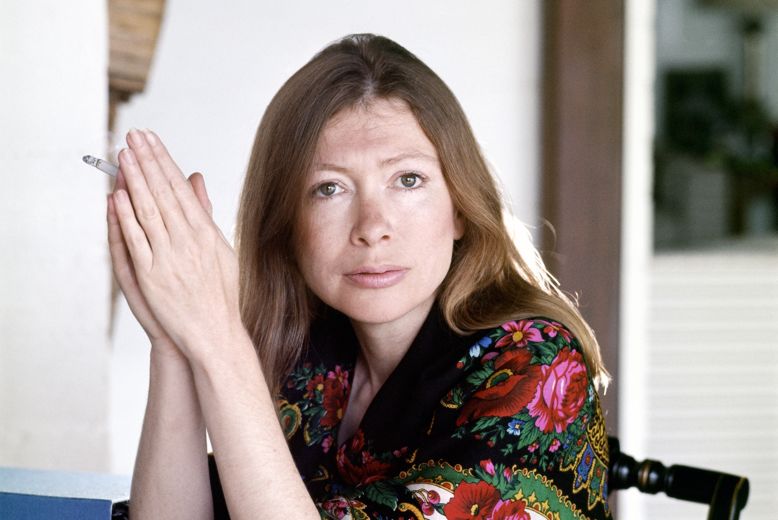The first and longest of the two pieces that make up South and West: From a notebook is the first draft of a piece based on notes Joan Didion took during a month-long driving trip through Louisiana, Mississippi and Alabama with her husband, John Gregory Dunne, in the summer of 1970. The second piece, “California Notes”, was written in preparation for a report, later abandoned, on the Patty Hearst trial in 1976. The first piece runs to around 20,000 words; the second about 2,500. It is a short book, bulked up only a bit by Nathaniel Rich’s valuable introduction, which was written sometime after November 7, 2016, with the clear intention of underlining how Didion prospectively explained the nature of the electorate that coalesced to make Donald Trump President of the United States.
Rich notes that Didion planned to write about the South in 1970 because at the time she felt that it was a way to understand the West. Many California settlers had arrived from the Gulf Coast, a place in her mind that seemed to represent what California had long been for Americans, a place of “earnest, eternal optimism”, a place to start over. “The future always looks good in the golden land”, she wrote in “Some Dreamers of the Golden Dream”, the opening essay of her collection, Slouching Toward Bethlehem (1967). But her hunch proved wrong, and she never published the piece, although the visit gave her a sense of the tropics. She saw the Gulf Coast as a “gateway to the Caribbean”. Her novel A Book of Common Prayer (1977) is set there, in the fictional country of Boca Grande, a setting as foreboding as the symbolic tropical landscape in Joseph Conrad’s narrative romance, Victory, said to be Didion’s favourite novel.
